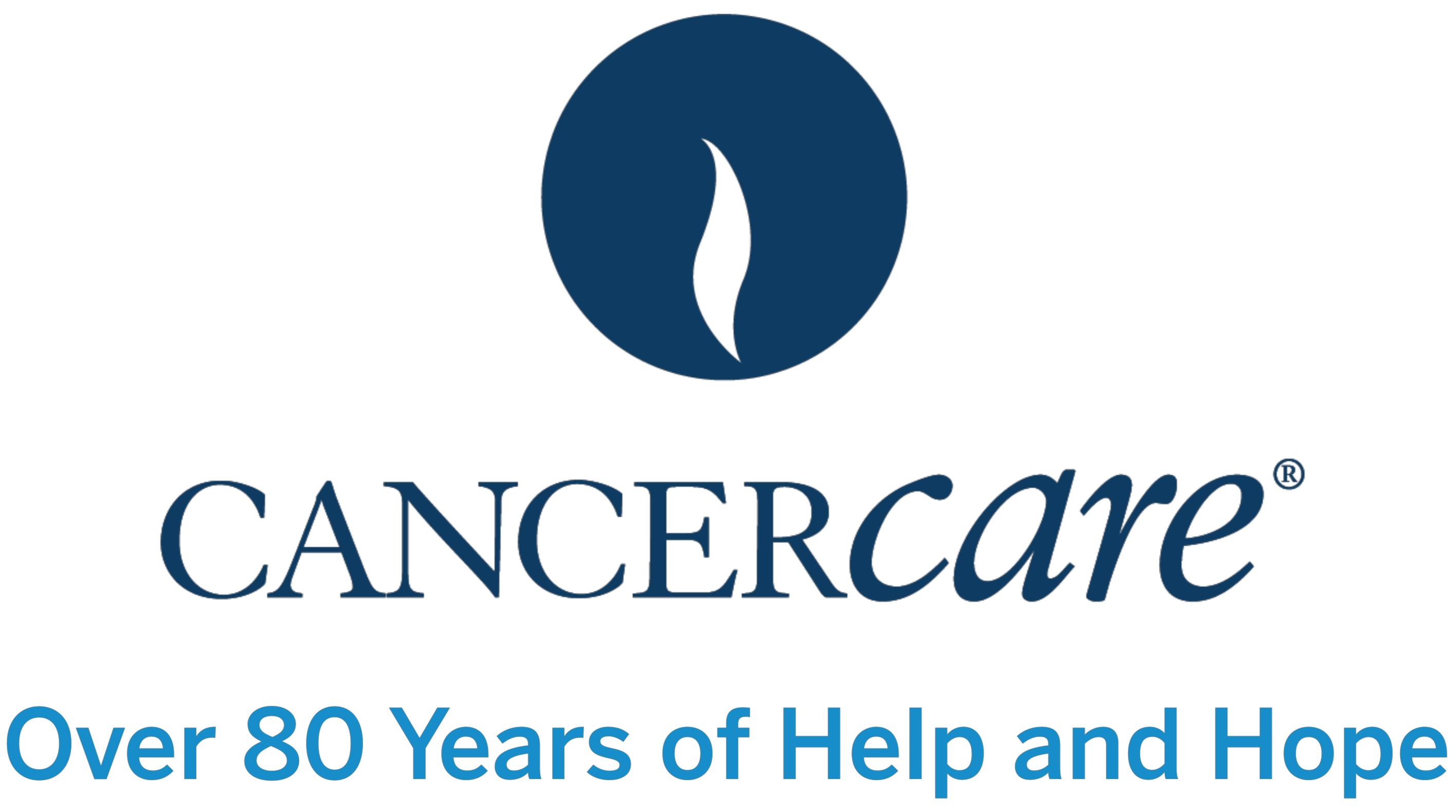A cancer diagnosis is a stressful time for people living with this disease and their loved ones. There are a variety of relaxation techniques to help improve your mind, body and spirit. Music, sound and vibration are three tools you can use to manage stress and maintain healthy energy levels so you can focus on the world around you. Whether listening to music in your home or while exercising; drumming or chanting alone or with a group; or focusing on your breath while walking or making dinner; sound, and its impact on the body, can help you cope during difficult times, bringing balance throughout the stressors of cancer.
What is Music Therapy?
Music therapy can include songwriting, singing, dancing or listening to promote self-expression. By releasing negative emotions and expressing feelings you may be keeping inside, the “real you” can emerge without feeling restrained by your diagnosis, relaxing your body and giving your mind a break from your troubles so you can renew your spirit.
What is Drumming Therapy?
Drumming is an ancient practice that exists in all cultures through millenniums. It’s been used to communicate, energize and sooth, as well as to send messages, during sporting events, and in many rituals. It can be hit with a bang or tapped with a whisper expressing a wide range of emotion from the drummer and those close by. It is often used therapeutically to release excessive energy (anxiety, anger, fear) or to calm and balance the energy in a room. Among a group, or even alone, drumming can help break up the physical and psychological tensions caused by cancer.
What is Vibration Therapy?
Our environment and bodies vibrate all the time. Sometimes chronic worry, the physical impact of cancer and treatment cause repetitive thoughts in our mind and knots in our bodies putting us out of balance. When Mother Nature gets hit with sudden, bad changes to the natural order there are storms, fires, and catastrophes until she can bring it back into balance.
Likewise with a diagnosis of cancer we can get out of balance and end up in a chronic state of stress, invoking our sympathetic nervous system’s response of fight or flight all the time. In that state we take shallow breaths. Singing, especially the vowels at different pitches, chanting alone or in a group, incorporating the vibration of a prayer bowl or other musical instrument, even just five minutes, can change our focus and create open channels for our bodies energy to flow smoothly, bringing us to homeostasis.
The Benefits
Ease pain. Often, listening to soothing music/sound may help you cope with difficult symptoms and side effects of cancer.
Lessen stress. Listening to music can activate stress reducers in the body, which is helpful before surgery or during treatment as well as long after, whenever you are exposed to stressful events.
Cause you to enter a meditative state. Listening to calm music or ambient sounds may induce a meditative state, which can have a therapeutic effect and ease symptoms.
Adding pleasing scents or images can enhance the benefit.
Reduce depression. A diagnosis of cancer can overwhelm anyone involved, which can sometimes lead to depression. Music, humming, or singing can help uplift one’s mood. Vibrations from drumming might also open up tension areas in your mind and body and give you more energy and hope.
Manage anxiety. Anxiety is a combination of things: worry, fear, anger, and others. Quieting things down can be helpful but sometimes the anxiety can be too much to be still. Loud music, drumming or even finding a place to scream can get those negative feelings out thereby easing discomfort, improving quality of life, and sometimes just making you laugh. Laughter, especially big belly laughs, open blocked channels increasing oxygen intake, and give you periods of clarity and peace.
Studies have shown that music can stimulate brain waves to act in sync with the sounds, called entrainment. A faster beat causes more alert concentration. Research has also shown that the same neurotransmitter used by the brain to send sensations of pain is also stimulated by sound; when both happen at the same moment pain may not feel as intense.
Edited By Richard Dickens, MS, LCSW-R
